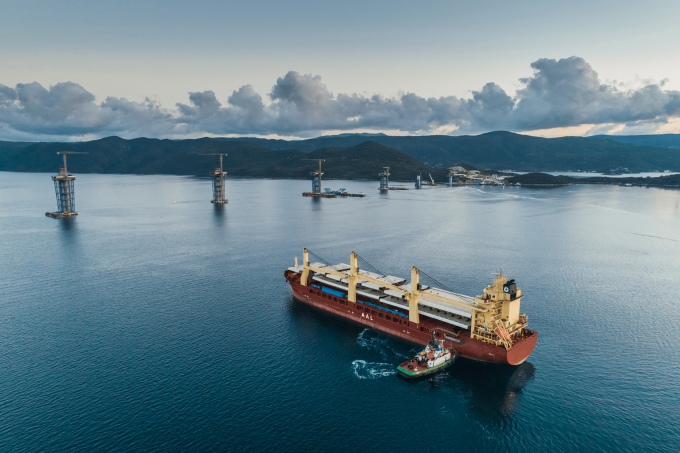USTR fee could price Chinese carriers out of US trades
The October implementation of the US Trade Representative port fees will mean a “forced concentration” ...

General cargo multipurpose and heavylift fleet operators have not only seen gains from the container sector end abruptly, but are also seeing their cargo come under attack from ocean carriers again.
An unexpected surge in consumer demand during and after the pandemic saw the global cellular ...

Comment on this article